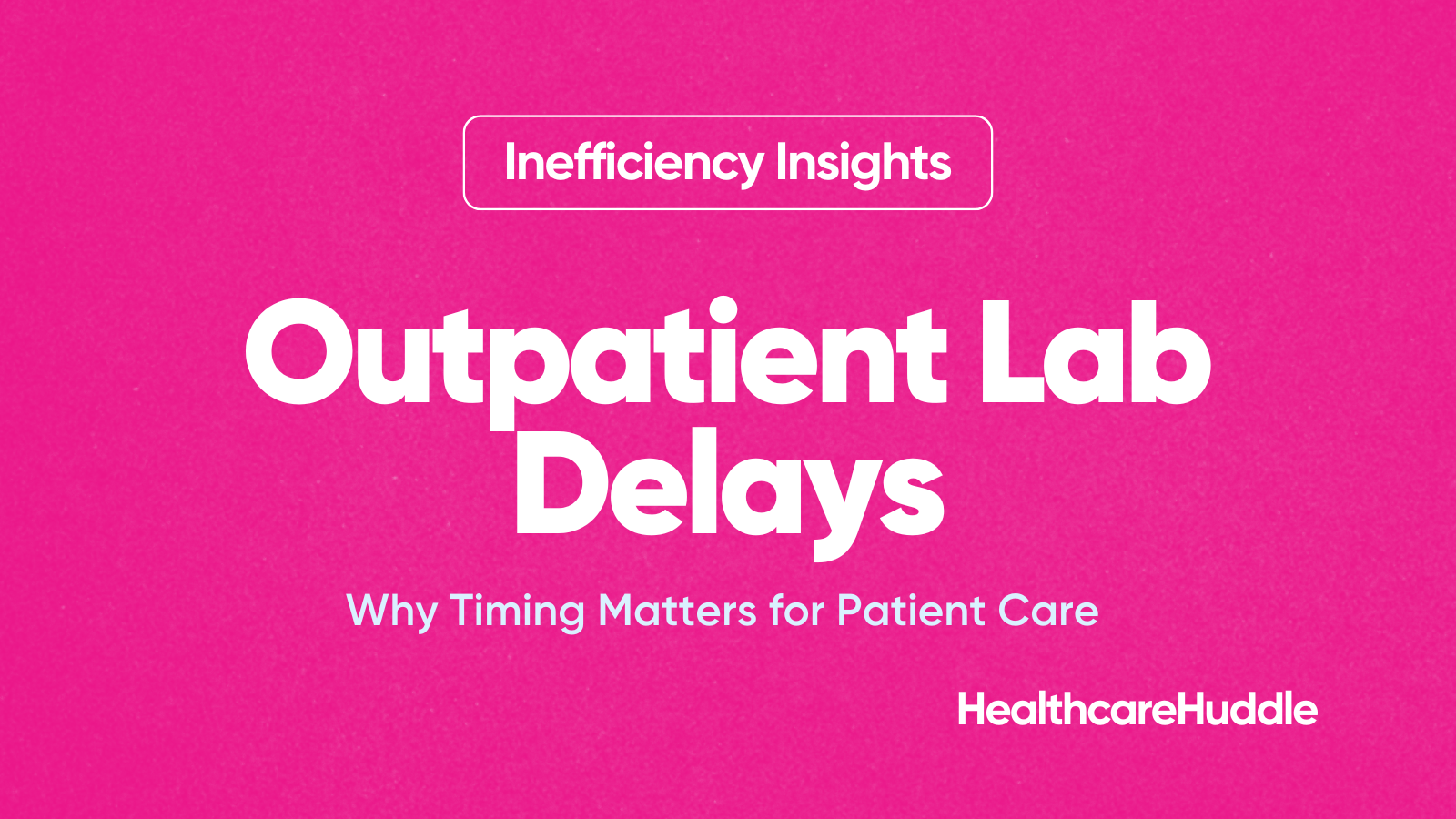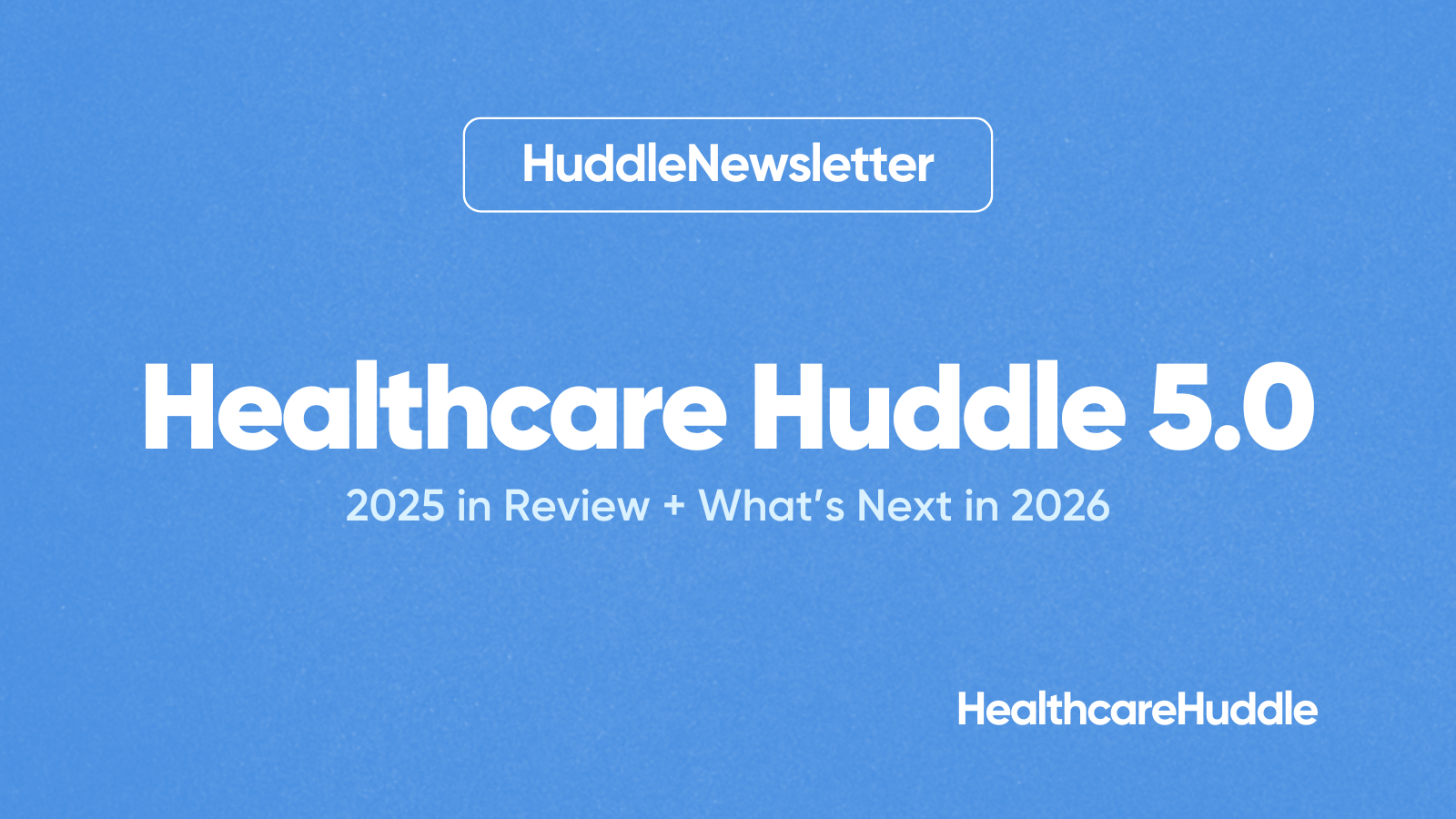Drug rebates play a significant role in the complex prescription drug pricing world, impacting what insurers and patients ultimately pay. Whether you have private insurance or are covered by Medicare or Medicaid, understanding how drug rebates work can help you better navigate your healthcare costs.
What Are Drug Rebates?
A drug rebate is a form of discount that a pharmaceutical company provides to an insurer or a pharmacy benefits manager (PBM) after the drug has been dispensed to the patient. These rebates are typically calculated as a percentage of the drug’s list price and are negotiated to ensure that the drug remains on the insurer’s preferred formulary list.
How Do Drug Rebates Work?
Rebates are usually based on the drug’s list price. For instance, if a drug has a list price of $1,000 and a 20% rebate is negotiated, the insurer or PBM would receive $200 back from the manufacturer. These rebates can lead to lower overall costs for insurers, which might translate to lower premiums for patients. However, the direct savings for consumers are not always transparent.
How Does the Medicaid Drug Rebate Program Work?
The Medicaid Drug Rebate Program (MDRP) is a federal initiative that requires drug manufacturers to provide rebates to state Medicaid programs based on a set formula tied to the drug’s average price and any price increases. The rebate, a percentage of the list price, helps keep drug costs manageable for Medicaid and its beneficiaries.
Drug Rebates and Private Insurance
In the private insurance market, rebates are negotiated by PBMs on behalf of insurers and are typically a percentage of the list price. These rebates influence which drugs are included in a plan’s formulary and can impact out-of-pocket patient costs. However, there’s an ongoing debate about how much of these rebates actually benefit consumers versus insurers or PBMs.
Are Rebates Beneficial for Patients?
While rebates can help reduce overall healthcare costs, the savings are not always directly passed on to patients. In some cases, higher rebates may lead to higher list prices, which can increase out-of-pocket costs for those without insurance or those with high-deductible health plans.
Conclusion
Drug rebates are a critical component of the pharmaceutical pricing structure, often calculated as a percentage of the list price. They influence the costs for insurers and the prices patients pay at the pharmacy. Whether you’re covered by private insurance or a public program like Medicaid, understanding drug rebates can help you make more informed decisions about your healthcare.

Check out more exclusive coverage with a Huddle+ subscription.
Read personalized, high-quality content that helps healthcare providers lead in digital health, policy, and business. Become a Huddle+ member here.






